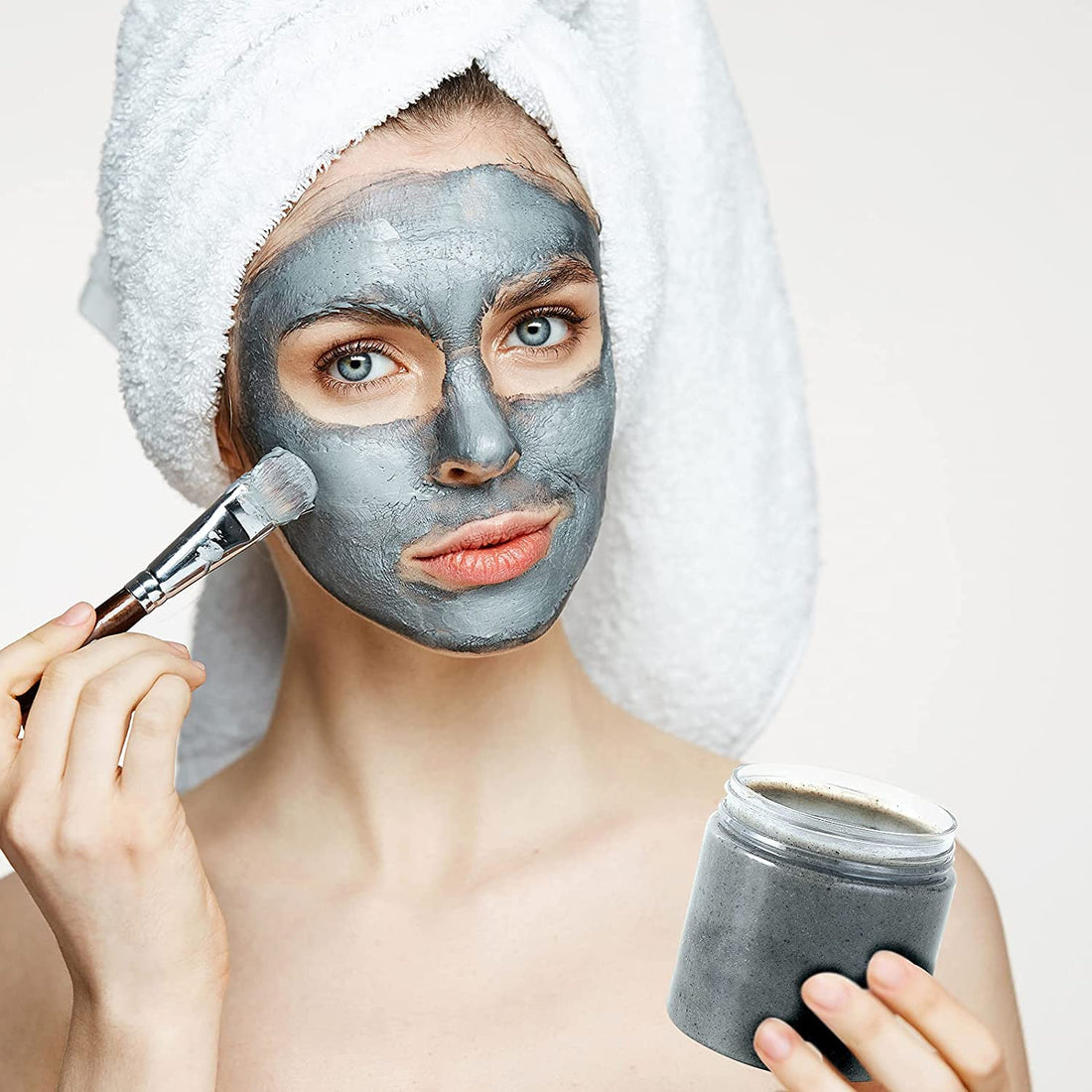
Hydration Myths: What Americans Get Wrong About Moisture
Share
💬 Introduction
Every year, the beauty industry introduces new hydration heroes — from hyaluronic acid serums to water-based gels.
But according to dermatologists, many U.S. consumers are still missing the basics of true hydration.
We sat down with Dr. Elise Moran, a board-certified dermatologist based in Los Angeles, to talk about what Americans often misunderstand about moisturizing — and how to build a routine that actually keeps your skin hydrated.
Q: Dr. Moran, what’s the biggest misconception Americans have about hydration?
A:
The biggest myth is that hydration equals moisture — but they’re not the same.
Hydration is water inside your skin. Moisture refers to the ingredients that trap that water.
A lot of people only use humectants like hyaluronic acid or glycerin but skip occlusives such as ceramides, squalane, or even lightweight oils.
Without that “seal,” the water evaporates — leaving skin drier than before.
Q: So using a serum alone isn’t enough?
A:
Exactly. A serum gives you hydration, but you need a moisturizer to lock it in.
I tell my patients: “Serum hydrates, cream protects.”
If you live in drier states like California, Nevada, or Colorado, a gel-cream or barrier cream should be your best friend.
Q: Are Americans overdoing exfoliation and harming their skin barrier?
A:
Yes, that’s another major problem.
Everyone loves acids and retinols, but over-exfoliating strips the skin’s natural lipids.
Your barrier becomes compromised, and hydration loss skyrockets.
Hydration isn’t just about adding water — it’s about keeping the barrier healthy enough to hold it.
Q: What are three simple hydration rules anyone can follow?
A:
-
Apply on damp skin.
Water helps your serums absorb and prevents that “tight” feeling. -
Layer textures wisely.
Thin → thick. Start with watery toners, then serums, then moisturizer. -
Reapply moisture during the day.
Especially if you work in air conditioning. A face mist or light emulsion works wonders midday.
Q: What ingredients are trending for smarter hydration in 2025?
A:
Great question. Americans are becoming more ingredient-savvy.
Right now, we’re seeing:
-
Polyglutamic Acid (PGA) — holds more water than hyaluronic acid.
-
Panthenol (Vitamin B5) — calms irritation while strengthening barrier.
-
Microbiome-friendly ingredients — like prebiotics and postbiotics, to support skin balance.
-
Water-based gel creams — lightweight but deeply hydrating, perfect for layering.
Q: Any last advice for U.S. consumers who want to stay hydrated year-round?
A:
Don’t overcomplicate it.
Hydration is not a trend — it’s a rhythm.
Be consistent, listen to your skin, and don’t forget your SPF.
Because even the best moisturizer can’t protect you from UV-induced dehydration.
💧 Final Thoughts
Skincare in 2025 is all about balance — not just what you put on your skin, but how you use it.
The myth of “more is better” is fading, and hydration is finally getting the respect it deserves.
If you’re ready to rebuild your hydration routine the right way, start with the essentials:
